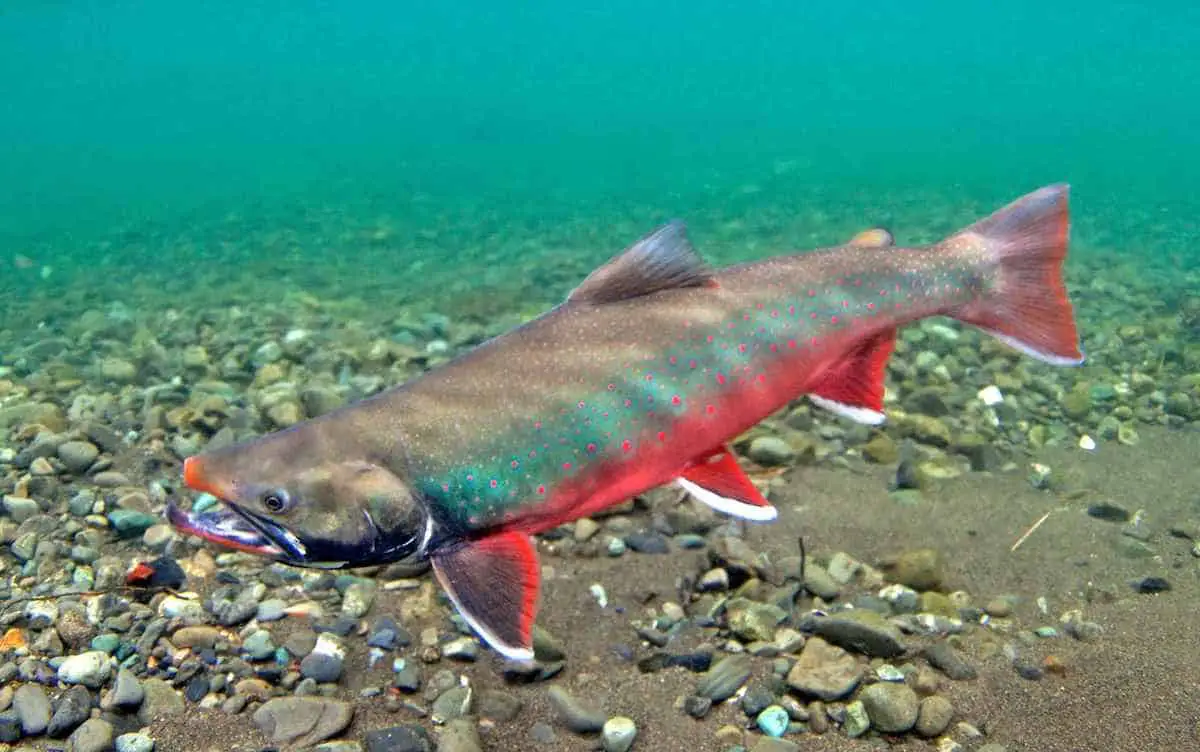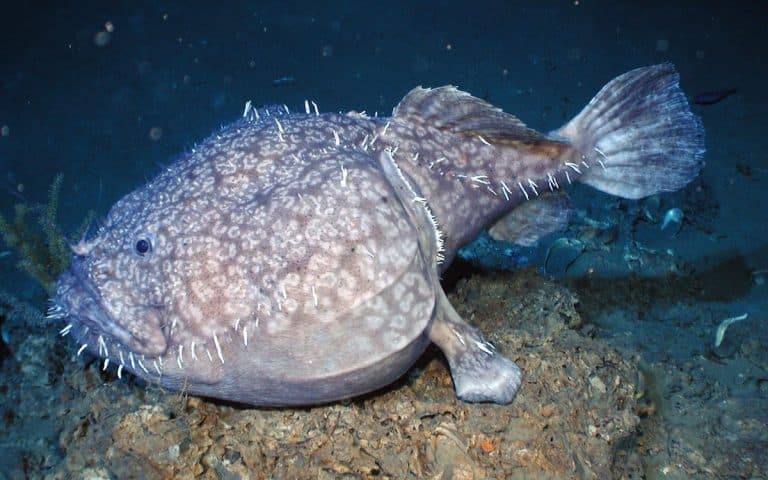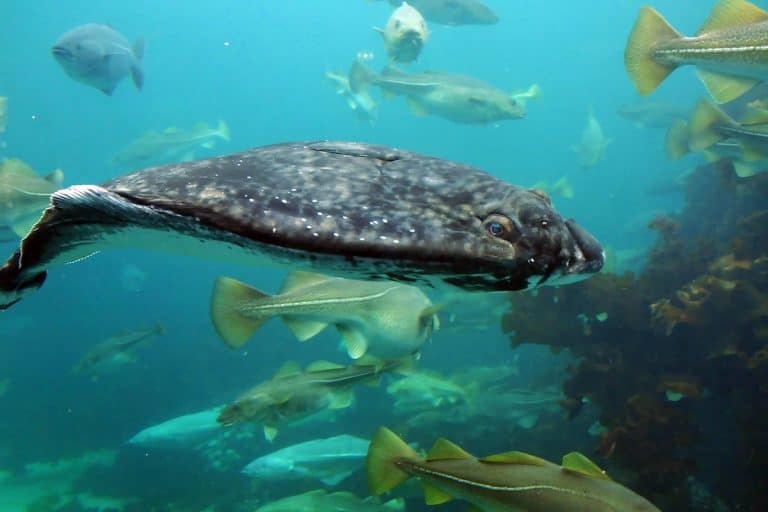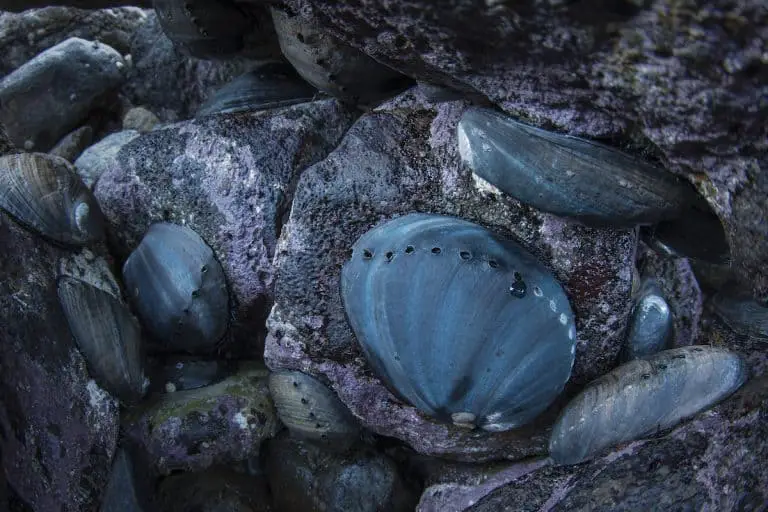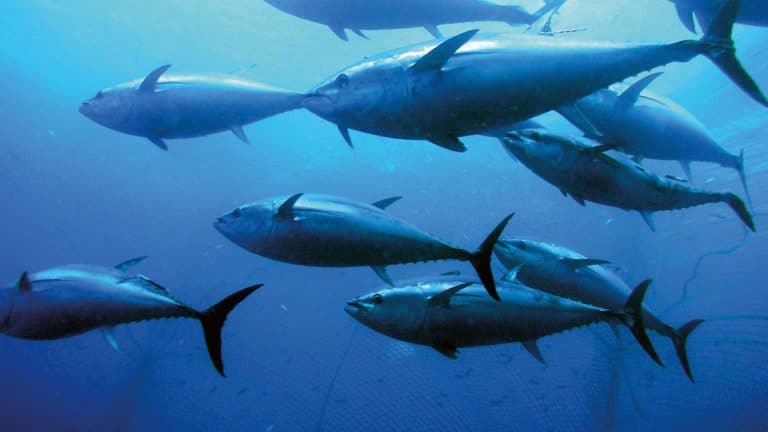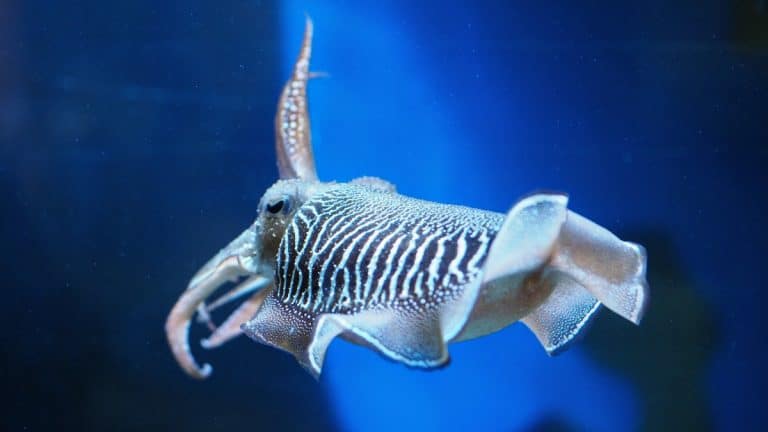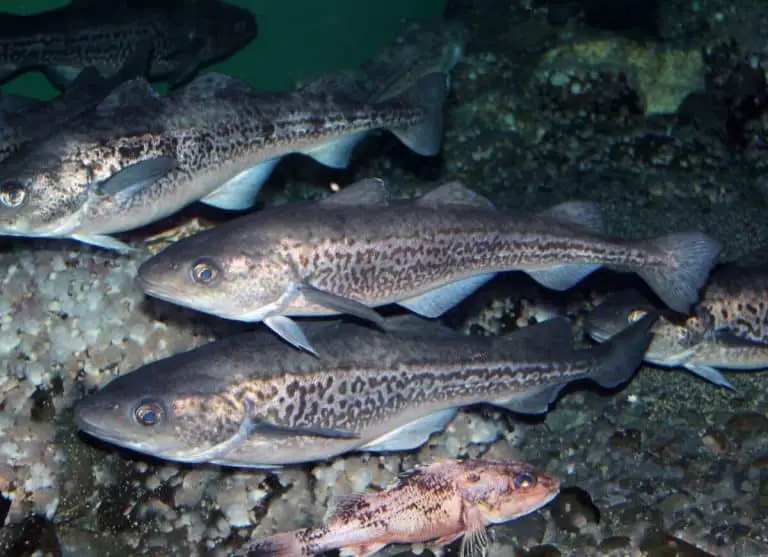Source: Farmed, some wild
Mercury Risk: Low
Arctic char, a close relative of trout and salmon, has only found its way onto U.S. sushi menus in the past few years. Char is known as iwana in Japanese. Its delicate red flesh and firm texture are quickly earning it a place in the American palate.
Arctic char is a cold-water fish inhabiting freshwater and saltwater areas in the far north of the planet. While wild arctic char populations in certain areas have been exploited for decades and may be in decline, a char farming industry has arisen in the last decade to meet the growing demand. Char are most often farmed in North America and Scandinavia, and most are raised in closed-containment systems that do not expel waste into the surrounding environment.
In contrast to the open systems used by most salmon farms, there are fewer problems associated with closed containment technology. Ocean water does not openly flow through these farms, so there is no danger of disturbing the genetic makeup of wild fish or parasite dispersal into nearby waters. Also, as char farms are popping up in many different areas, sushi bars can buy it locally and cut down on the distance your food has to travel.
Arctic char farmed in a closed containment system is a delicious option at the sushi bar and a strong sustainable alternative to farmed salmon. Closed containment technology helps protect our environment and safeguard wild stocks.
Arctic char farmed in an open containment system is generally raised in open ponds. Such arrangements can threaten the surrounding ecosystem to some degree.
Wild arctic char is a less positive option. Some stocks in Europe and Canada have shown declines due to fishing and pollution, and others may be similarly threatened.
Arctic char offers us an incredible opportunity to replace farmed salmon with a much more sustainable product. If your local sushi bar doesn’t offer arctic char, mention it to the chef.
Casson Trenor
Casson Trenor is a frequent commentator on sustainable seafood issues. He has been featured in regional, national, and international media outlets, including CNN, NPR, Forbes, New York Times, Boston Globe, Christian Science Monitor, San Francisco Chronicle, Los Angeles Times, Seattle Times.

